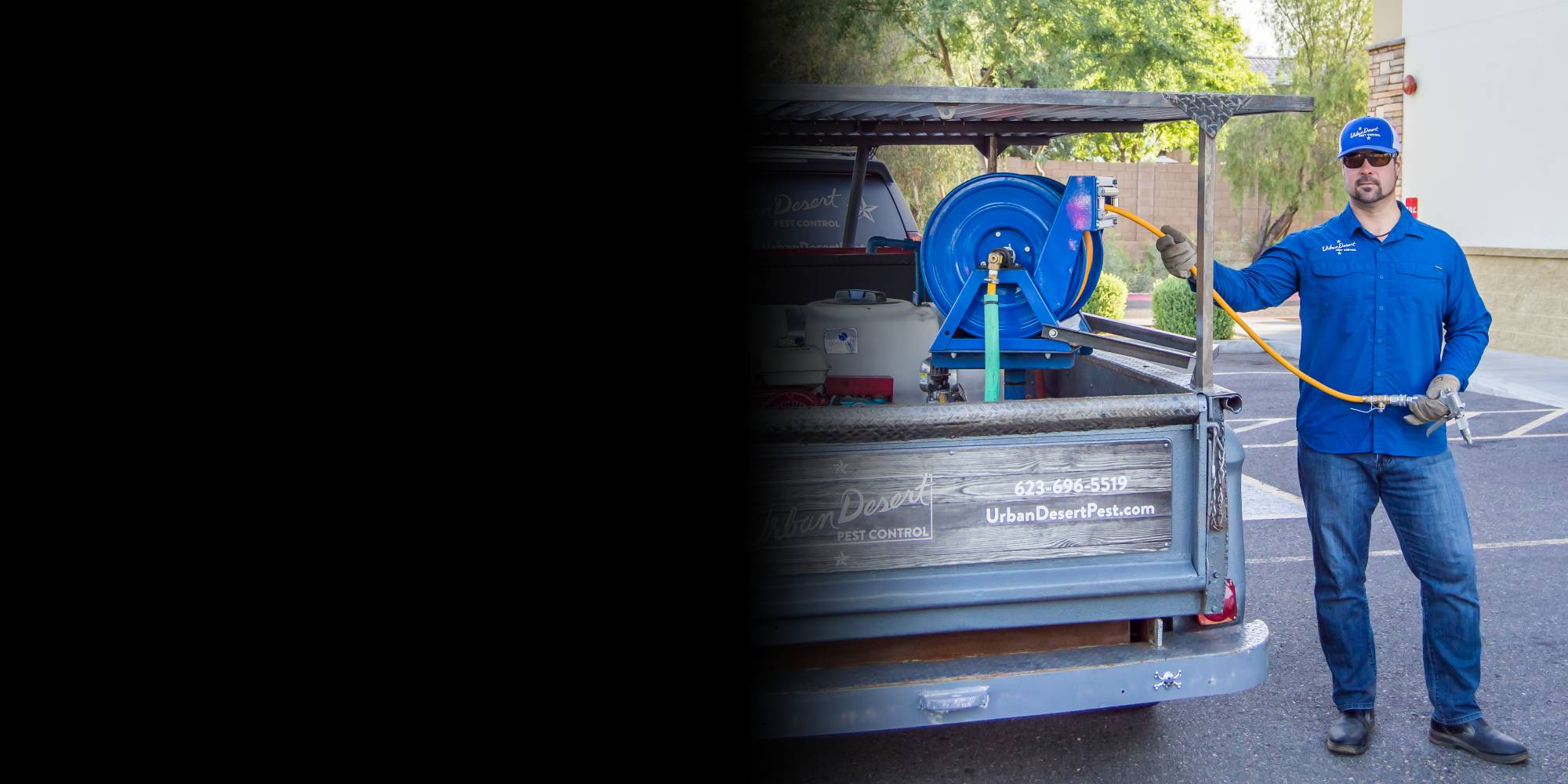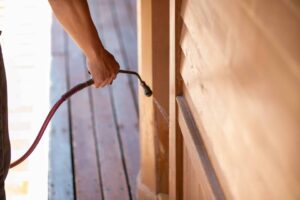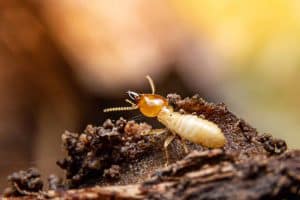Phoenix Wasp Control
Wasps are one of the most alarming, and potentially harmful, pests swarming around in the desert area of Arizona. And similar to most pests, Phoenix and its desert climate are home to many wasps, including different species like the common yellow jacket, mud dauber, and the feared paper wasp.
As you likely know, wasps are dangerous because they can be aggressive and persistent. When someone intrudes on a wasp nest, they attack (often in packs) to protect their territory, or sting if they are interrupted or bothered while pollinating or scavenging. And, unlike a bee, a wasp can sting and then sting multiple times if necessary. A wasp sting, while not deadly itself, is uncomfortable and causes significant pain. It can be possible to have a serious reaction if you have an allergy to wasp stings, so you will want to seek immediate medical attention if problems continue shortly after a sting.
Wasps will infest your home or the area near it since they are constantly looking for new food sources, a nesting site, protection from the outside during the winter, or possibly by accident (such as wandering through an open door or window). It can be difficult to find how they entered because they get in through an opening that leads into the house. So, the proper treatment is effectively sealing openings and access points.
Signs of Wasps Infestation
You may be wondering, “What signs are there for wasp infestations that I can look out for before it gets too serious?” Most signs for them aren’t too sophisticated (especially compared to infestation signs for termites or spiders), but the best thing to do is to continue to stay on the lookout for flying, chewed wood, and visible nests.
Flying Insects. If you see anything flying around in your house, it is smart to double check that it isn’t a wasp. Obviously, they can be identified by its long wings and yellow body, about half to 1 inch in length. You will typically notice a wasp in swarms, particularly staying close to their nest.
Chewed wood. Something most people don’t know is that wasps build their nests by chewing up the wood. So, you might see holes in the wood around the outside of your home if there’s a potential infestation. Chewed wood can be a sign of termites or ants as well, so noticing this problem is an immediate red flag for any homeowner to seek professional treatment.
Visible nests. A nest itself is the biggest indicator for an infestation. If you see one, you should get help from an expert as soon as you can. Nests are made of wood or mud, and are shaped in an uneven ball. And wasps will attack once they are threatened to protect their nest, which is another reason to get treatment from an expert rather than handling it on your own.
Wasps can sometimes be smarter than you would expect to hide their nest, but you can proactively locate a nest before the infestation is a serious problem. Most common nest areas are behind shutters and on roof eaves (the edge that overhangs the exterior). A wasp’s flight pattern often will lead you back to the nest’s location. It’s good to not overreact right away once you see one, but try to use it to find the entire nest.
Common Wasps in Arizona
Yellow jacket. This wasp, referred to as a yellow jacket because of the yellow and black bands on the tail, is more aggressive and defensive than most. With a large colony size, they feel the need to effectively defend their colonies and even have a “guard” at nest entrances.
Mud dauber. A mud dauber gets its name because they build their nest from mud, and they are actually rarely aggressive. They build their nest in attics, porches, and carports, which they then stockpile with spiders. These wasps look a little different with their thread-like waist connecting the rest of the body with the abdomen.
Paper wasp. Depending on the species, the paper wasp is yellow, black, brown, or red. They get their name from the fact that they construct their nests with items, specifically a plant material with saliva, that look like paper. Like the mud dauber, they aren’t typically aggressive but can cause problems when they do attack, especially when provoked or disturbed, since their stings are extremely painful.
Why Urban Desert Pest Control
Because wasps can quickly turn into a painful problem, it is best to hire a professional than try to do it on your own (similar to most pest infestations). The good news is that with over 20 years of team experience, Urban Desert Pest Control is ready to service your home and eradicate any current wasp problem and put steps in place to keep them away in the future.
You can contact us today to get a free quote for an inspection and solution to handle your wasp concerns!












